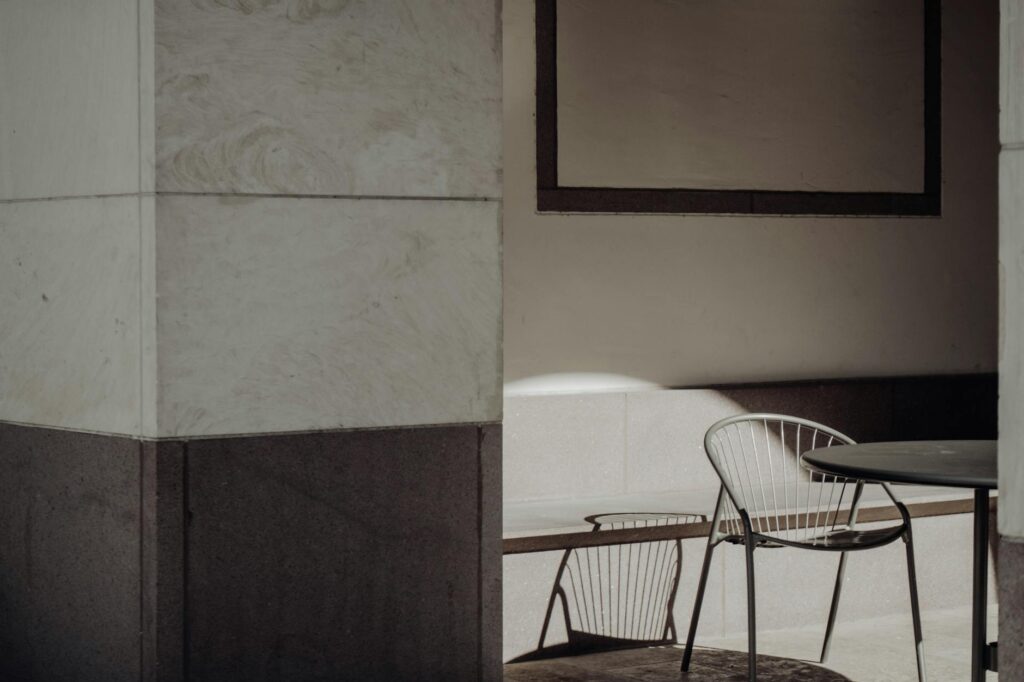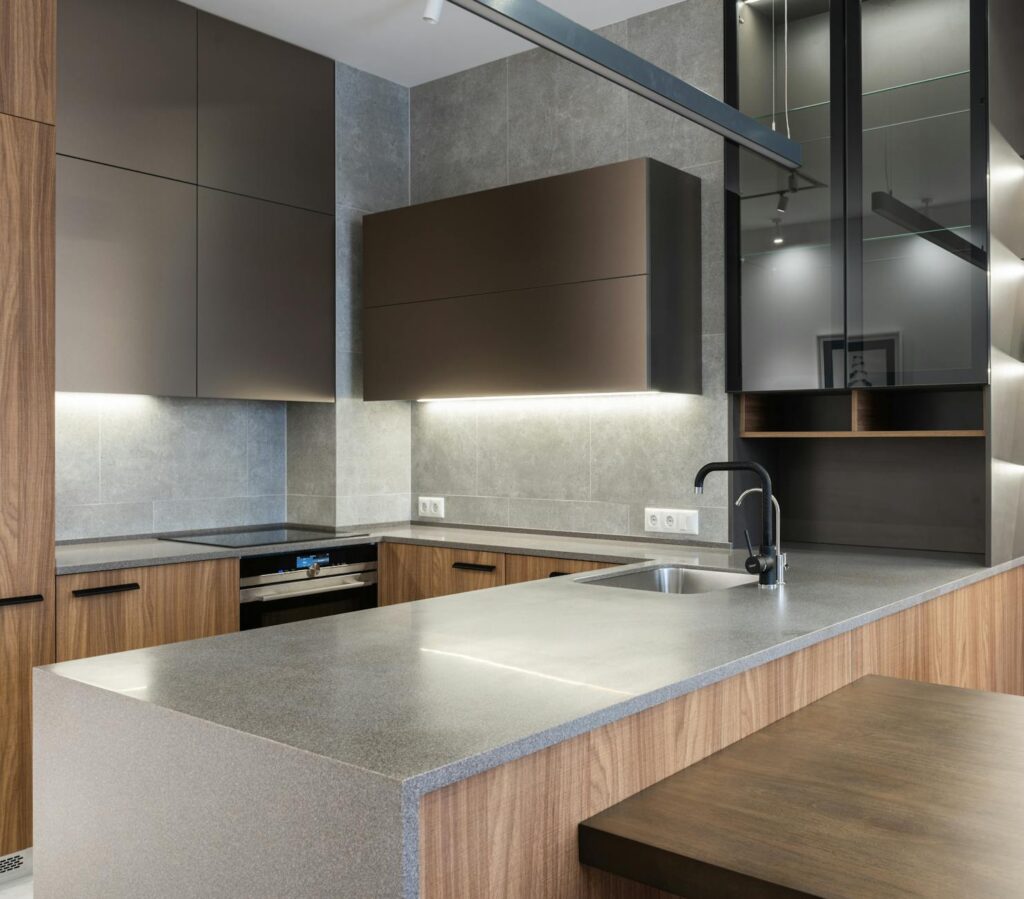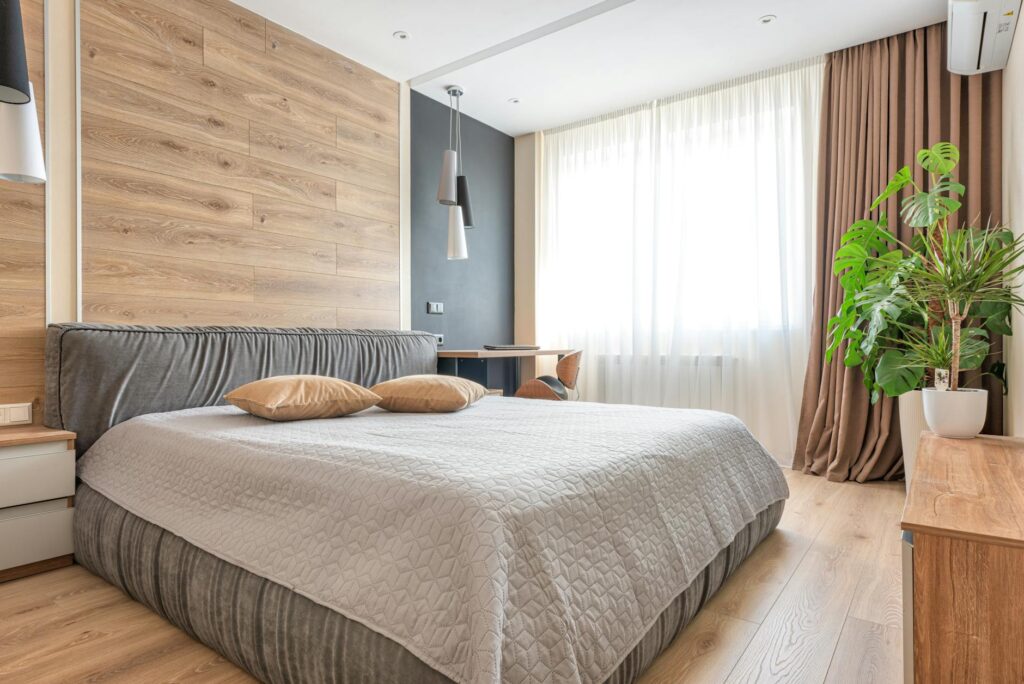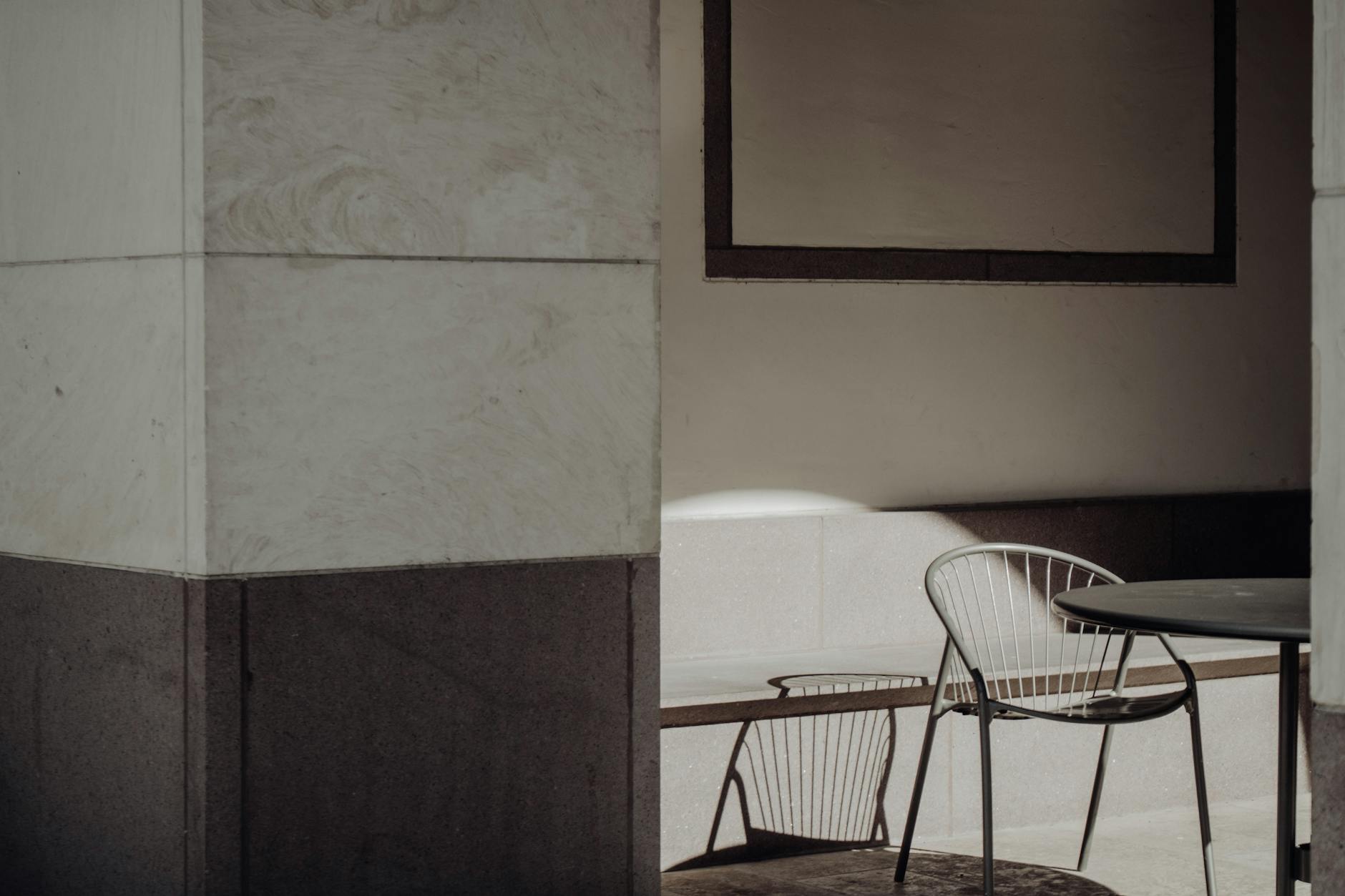Tired of your living room feeling drab and lifeless? Believe it or not, a simple lighting adjustment can dramatically change the atmosphere and elevate your space. Get ready to discover the transformative power of layered lighting!
Understanding Layered Lighting
Layered lighting is about using a mix of ambient, task, and accent lighting to create depth and visual interest. It’s far more effective than relying on a single overhead fixture. Think of it as creating a lighting ‘recipe’ tailored to your living room.
Ambient Lighting: Setting the Mood
Ambient lighting provides overall illumination. This is typically your main light source, setting the general mood of the room. A large, stylish chandelier or recessed lighting can work wonders. 
Task Lighting: Functionality and Focus
Task lighting focuses light on specific areas where you need it. Think floor lamps next to your reading chair or desk lamps for a home office area. This ensures you have adequate light for specific tasks, preventing eye strain. Learn more about choosing the right task lamps.
Accent Lighting: Highlighting Features
Accent lighting highlights architectural details or decorative pieces, adding character and drama. Use spotlights to showcase artwork, or strategically placed sconces to draw attention to a fireplace.  Check out these stylish accent lighting ideas.
Check out these stylish accent lighting ideas.
The Magic of Dimmers
Don’t underestimate the power of dimmers! They allow you to adjust the brightness of your lights, effortlessly changing the mood from bright and cheerful to warm and cozy. It’s a simple yet remarkably effective way to transform your space. Read our guide on choosing the perfect dimmers.
Natural Light Enhancement
Maximize natural light by keeping windows unobstructed and using sheer curtains to soften sunlight. Natural light is a powerful tool, complementing your artificial lighting scheme. 
Choosing the Right Bulbs
The type of bulb you use matters significantly. Consider the color temperature (measured in Kelvin) – warmer temperatures (around 2700K) are cozier, while cooler temperatures (5000K) are brighter. Explore different options to see what suits your living room best. This website offers great bulb buying advice.
Conclusion
By strategically layering your lighting, you can create a living room that’s both functional and stunning. Experiment with different combinations of ambient, task, and accent lighting to find the perfect recipe for your space. Remember, lighting is more than just illumination—it’s about setting the mood and reflecting your personal style. Discover more home decor inspiration here.
Frequently Asked Questions
What is the best type of ambient lighting? Recessed lighting, chandeliers, or even stylish ceiling fans with built-in lights can work very well as ambient lighting.
How many light sources should I use? The ideal number depends on the size of your room, but aim for at least three different types of light sources: ambient, task, and accent.
How do I choose the right color temperature for my bulbs? Warmer colors (lower Kelvin) are better for relaxing spaces like living rooms, while cooler colors (higher Kelvin) are suited for task-oriented areas.
Can I use smart lighting? Absolutely! Smart lighting offers incredible control over your lights, letting you set schedules, adjust brightness, and even change colors with a simple app.
Where can I find more information on home lighting? You can find numerous resources online, including home decor blogs and websites specializing in lighting.





